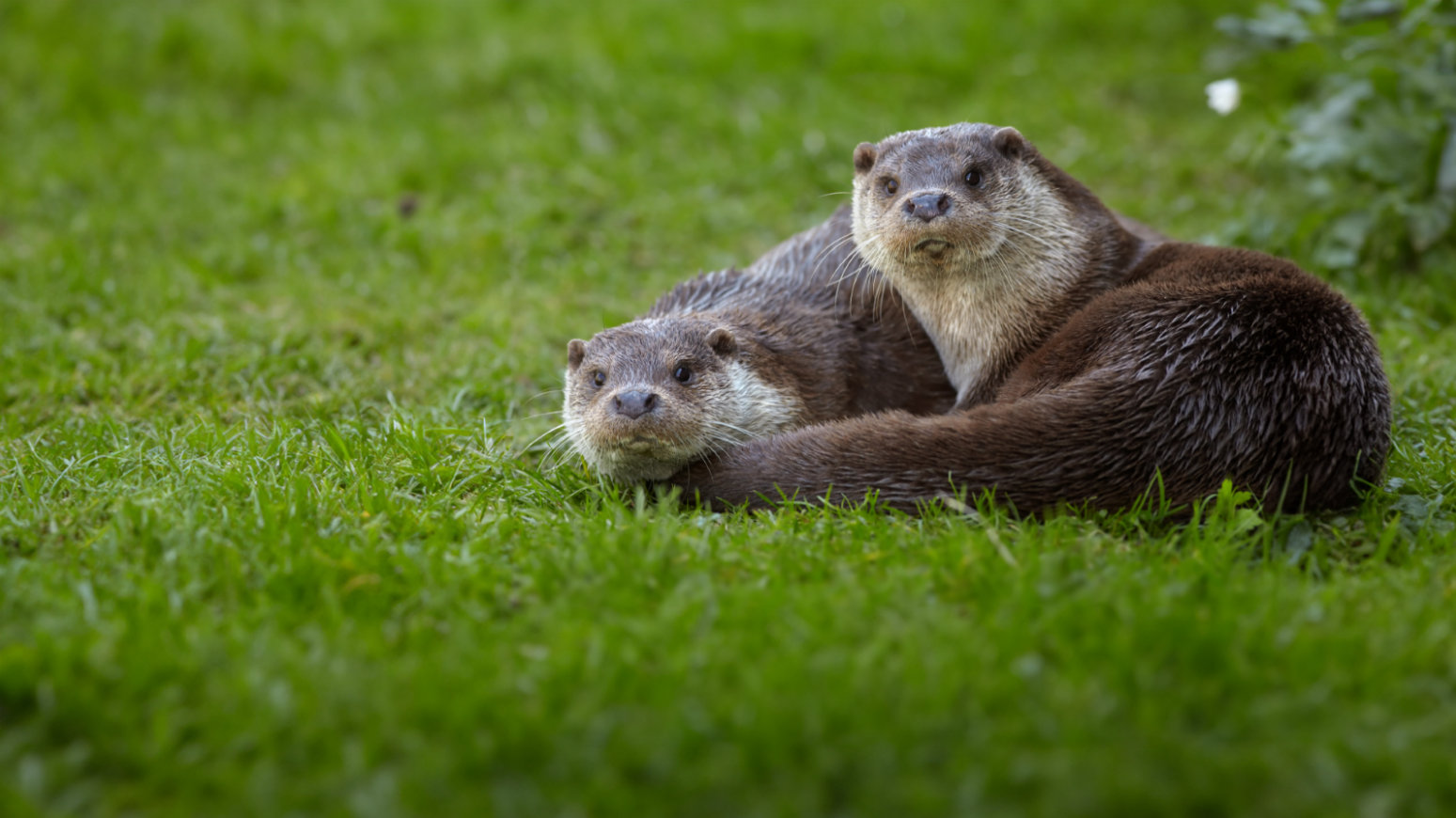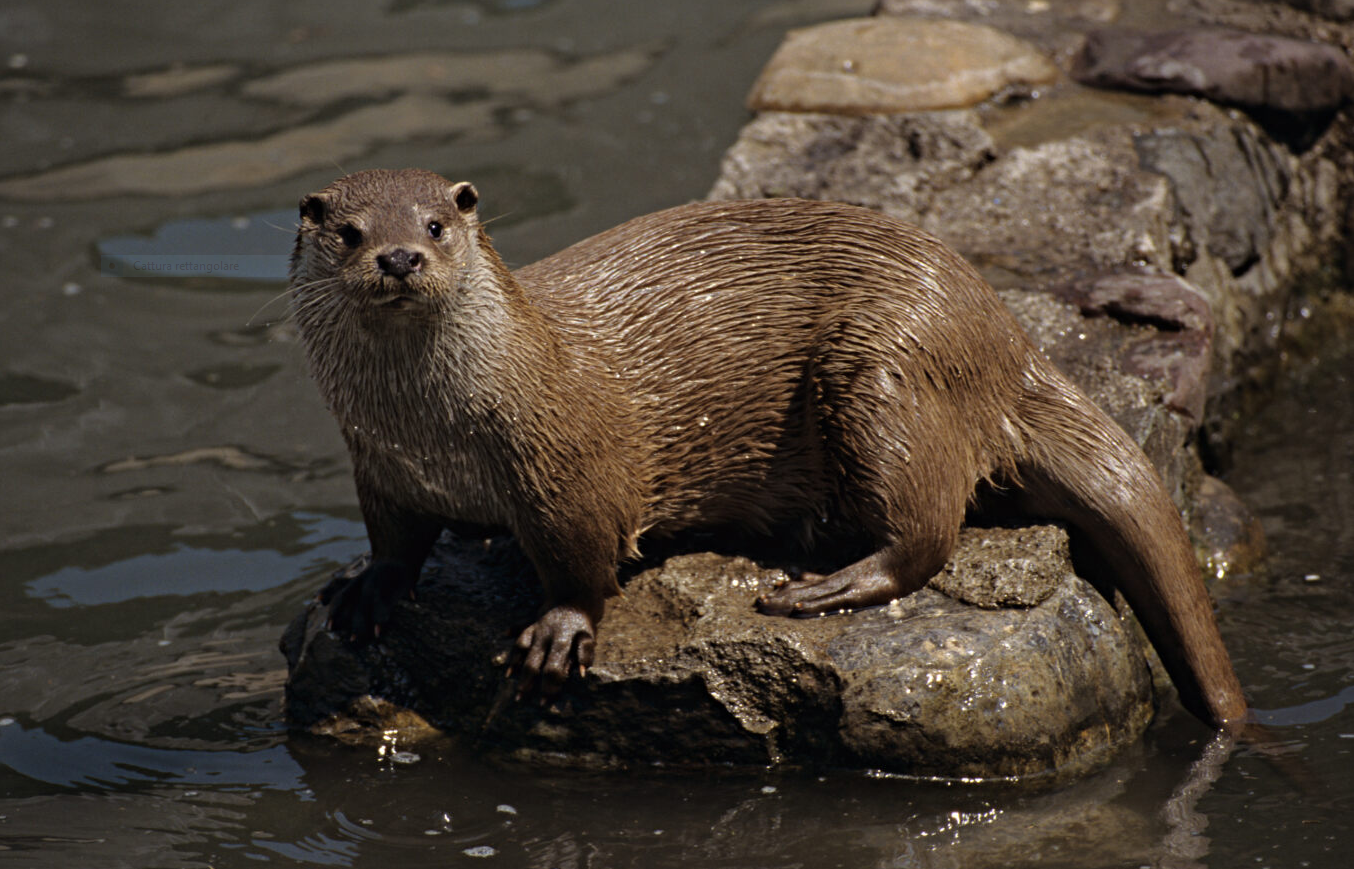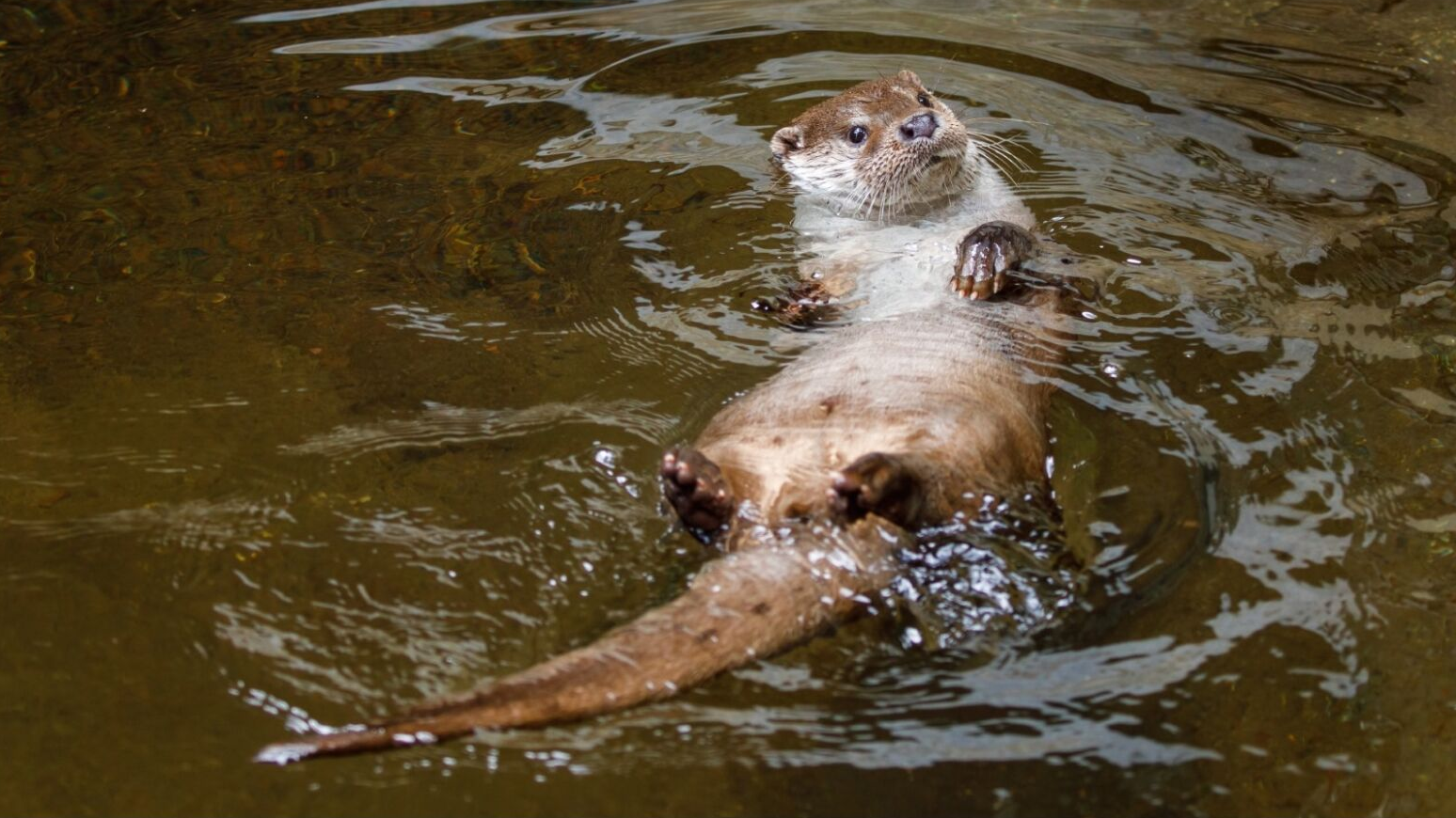Wednesday 8 May 2024 at MUSE – Science Museum of Trento
The last appointment of "Meetings at the museum to talk about fauna" is dedicated to the return of the otter on the Italian alpine reliefs, a phenomenon well documented thanks to the national monitoring promoted and financed by WWF Italy. Luca Lapini, zoologist at the Museo Friulano di Storia Naturale, will preview a first overview of the "lady of the rivers", one of the rarest mammals in Italy, at MUSE on Wednesday 8 May 2024.
From a hundred animals perched in a few rivers of central-southern Italy in fortyyears, the situation of the otter in Italy has clearly improved: today there are 800-1,000 specimens in an evident phase of expansion both from southern Italy (with the recent recolonization of Abruzzo, Lazio, Tuscany and Emilia-Romagna) and from the north (Liguria, Lombardy, South Tyrol, Veneto and Friuli-Venezia Giulia).
During the evening at MUSE Luca Lapini, one of the leading Italian experts on this animal, will provide an updated picture of the situation of the species on the Alpine territory. The meeting will be moderated by Paolo Pedrini, coordinator of the Conservation Biology Area – MUSE Research and Collections Office.
"In the twentieth century, the otter was in danger of becoming extinct in most of Italy. Today – anticipates Lapini – the data are comforting: this species is rapidly regaining ground both in south-central Italy and in northern Italy, where it is autonomously returning from Slovenia, Austria, Switzerland and France. The theme of the meeting promoted by the MUSE, entitled ‘The Lady of the Rivers: the silent return of the otter in the Alps’, focuses precisely on the return of this species in the Alps".
The national monitoring, whose data will be presented on 31 May on the occasion of World Otter Day, was promoted and funded by WWF Italy. Numerous volunteers, students and associations took part in the study, following the standardised OSG (Otter Specialist Group) methodology that allows relatively precise comparisons between different areas of research. In the course of the investigations, however, both the search for markings along the rivers, the use of camera-trapping, and the search for road-mortality artifacts were used.


